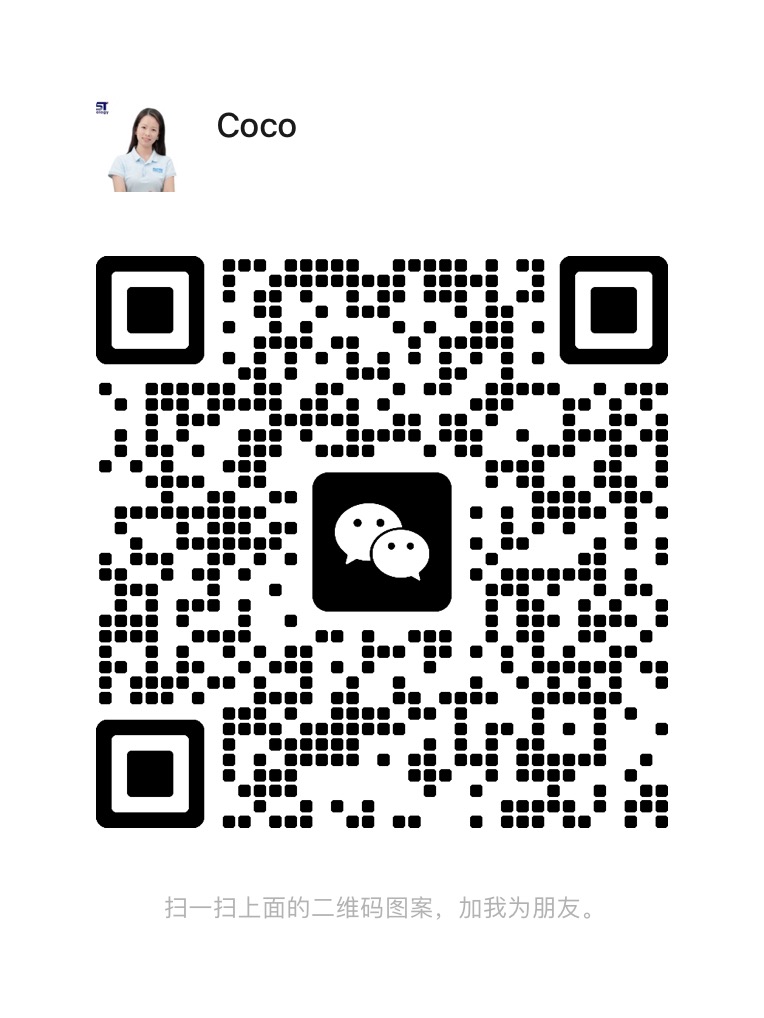7 Commonly Frequently Asked Questions about Ceramic PCBs
1. How much are the dimensions (thickness and maximum size) of different ceramics?
|
Ceramic Type |
Typical Thickness (mm) |
Maximum Size (mm) |
|
Alumina (Al₂O₃) |
0.20 – 2.0 |
138 × 190 |
|
Aluminum Nitride (AlN) |
0.20 – 1.0 |
138 × 190 |
|
Beryllium Oxide (BeO) |
0.20 – 1.0 |
138 × 190 |
|
Zirconia (ZrO₂) |
0.3 – 1.0 |
Typically smaller sizes |
The ceramic PCB thickness options are including 0.2mm, 0.3mm, 0.38mm, 0.5mm, 0.635mm, 0.8mm, 1.0mm, 1.2mm, 1.5mm, 2.0mm
Note: Thicker ceramics (>1.0 mm) are used for high-power applications, but thinner substrates are common for signal circuits. Sizes above 120 mm may require custom production and come at a higher cost.
2. What are the possible shapes (circular or rectangular or ...)?
Ceramic PCBs can be manufactured in:
- Rectangular/Square (most common for easy panelization and layout)
- Circular/Round (for LED modules, sensors, or antenna boards)
- Custom/Irregular shapes are possible but require laser cutting or CNC routing.
We can customize any shapes you want, but rectangles are more cost-effective.
3. How much are the electric Permittivity and loss of different ceramic materials?
|
Material |
Permittivity (εr) |
Loss Tangent (tan δ) |
|
Alumina (96%) |
~9.5 |
~0.0001 – 0.0002 at 1 MHz |
|
Aluminum Nitride |
~8.6 – 9.0 |
~0.0003 – 0.0005 |
|
Beryllium Oxide |
~6.5 – 7.5 |
~0.0002 |
|
Zirconia |
~21 – 25 |
~0.001 or higher |
4. Is arbitrary copper pattern acceptable for each side of the ceramic PCB?
Yes, arbitrary copper patterns are possible on ceramic PCBs within design rules, depending on the manufacturing method:
- Direct Bonded Copper (DBC) and Direct Plated Copper (DPC) allow custom patterns.
- However, design constraints apply for minimum line width, spacing, and copper coverage (e.g., avoid too narrow traces or high copper density over large areas).
Note: Double-sided ceramic PCBs have limitations on via types (e.g., no through-hole plating (based on the metallization methods); only filled or stacked vias with laser drilling).
5. How much is the accuracy of producing a specific pattern on ceramic PCB? How much is the tolerance?
If the pattern width above 5mil, the tolerance of pattern would be +/-20%.
If it under 5mil, the tolerance would be +/- 1mil.
6. Can we arbitrarily scrape the copper on a piece of ceramic PCB?
No!!! The copper on the ceramic is sintered at high temperature and has good bonding property. Manual scraping is not recommended due to:
- Risk of damaging the ceramic substrate and traces (fragile and brittle).
- Potential for creating uncontrolled edges, causing poor soldering or signal integrity issues.
- Decrease the bonding properties
If copper removal is required, it's best done during fabrication with laser etching or chemical etching methods for precision.
7. How much is the price for 100 pieces of them with dimensions almost 5cm×5cm and 2cm×2cm?
The price depends on several factors, including:
- Your design/drawing (to evaluate copper area, pattern complexity)
- Substrate type (e.g., 96% Al₂O₃ is a common choice)
- Copper thickness (e.g., 1oz, 2oz, etc.)
- Material Type: AlN is more expensive than Alumina.
- Surface Finish: ENIG (gold), OSP, etc.
- Pattern Complexity: Simple patterns are cheaper.
- Lead Time: Rush orders are more costly.
For reference, 0.635mm thick 96% alumina (Al₂O₃) is the most commonly used ceramic substrate. To provide an accurate quote, we kindly ask you to share your Gerber file or 3D drawing.
Best Technology specializes in ceramic PCBs using DBC, DPC, Thick film, Thin Film, AMB, HTCC and LTCC methods, with tight control on tolerances and custom shapes. You can get a free quote by providing files, material choice, and quantity.


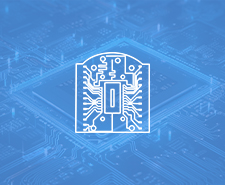

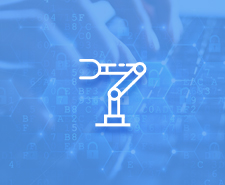
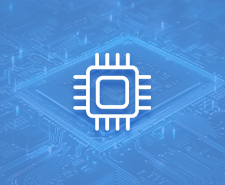
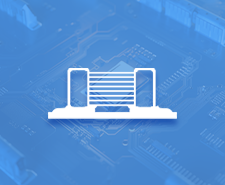
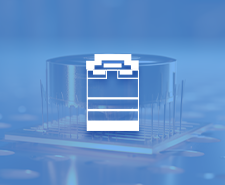
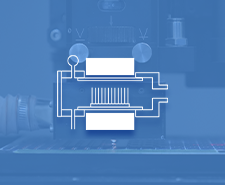
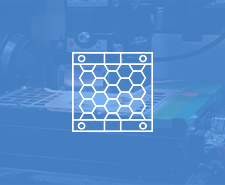
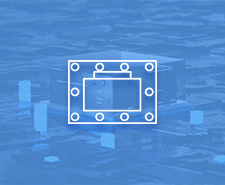

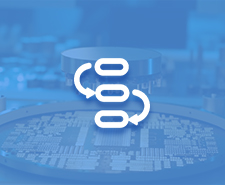
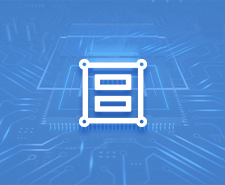
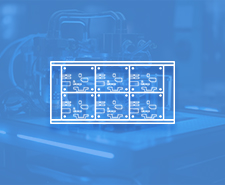


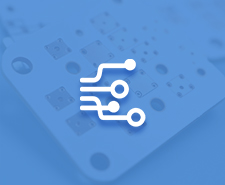
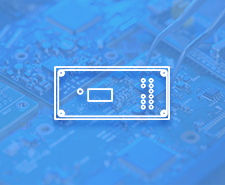
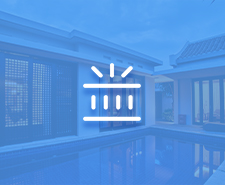
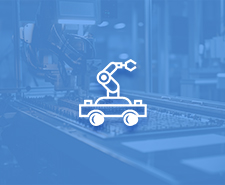
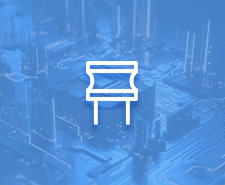
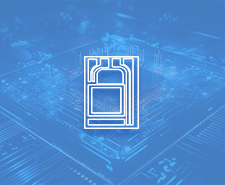
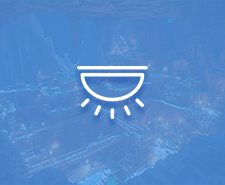
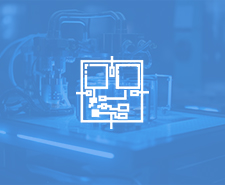
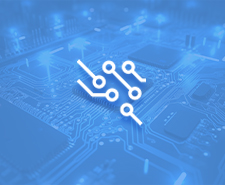
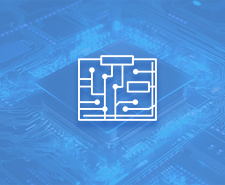


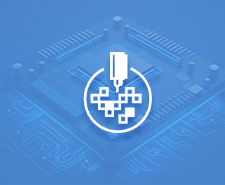
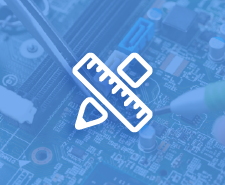
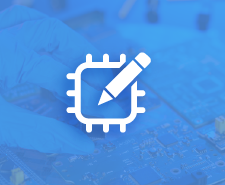


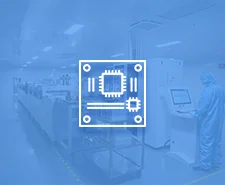
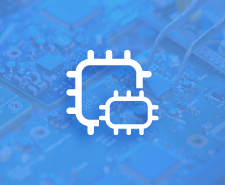
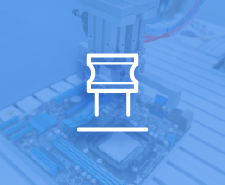
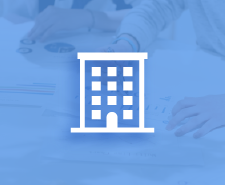
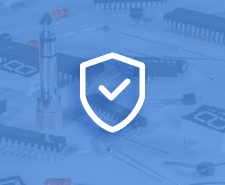
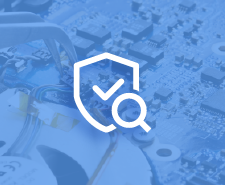
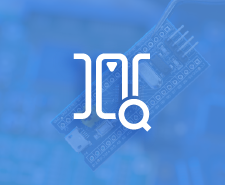
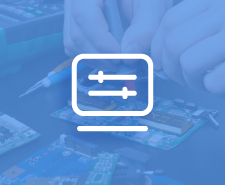

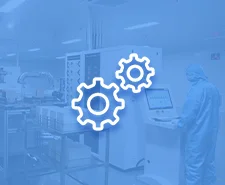
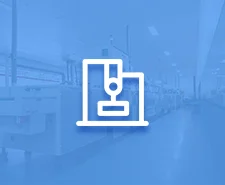
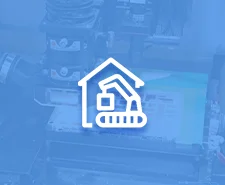
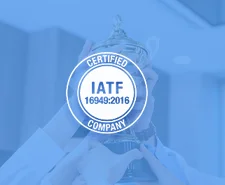

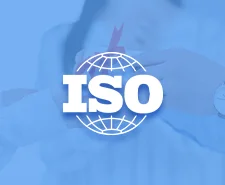

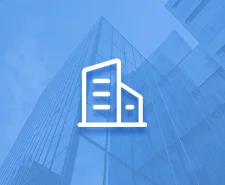



 HOME
HOME






